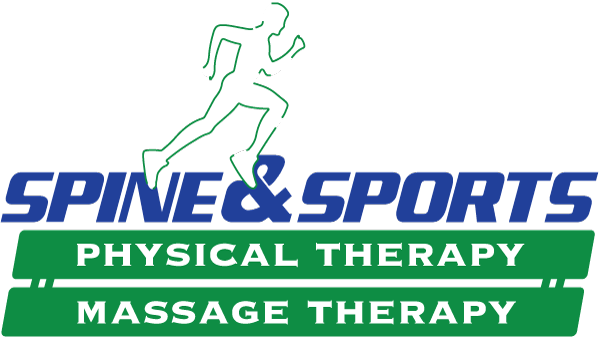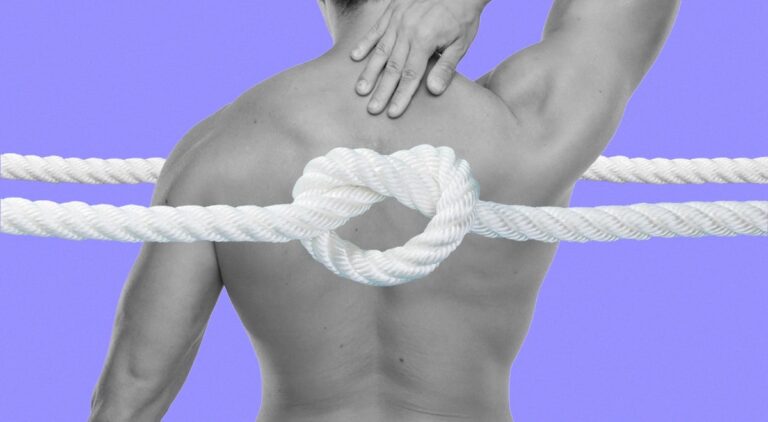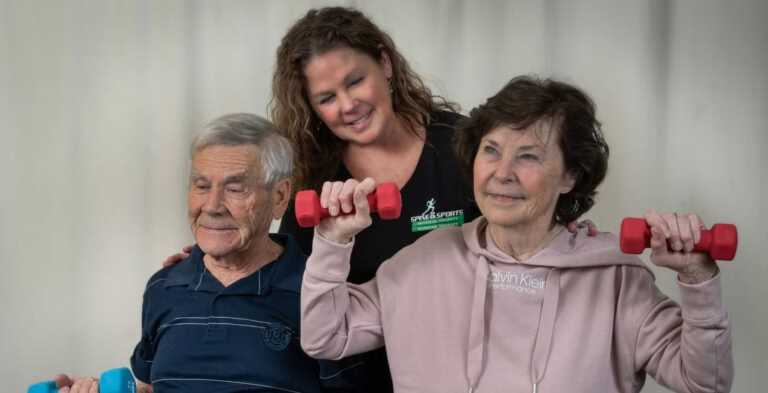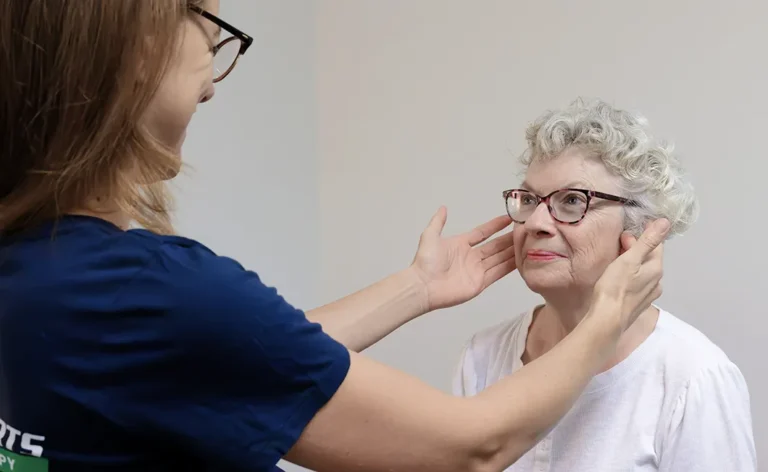Spring is here and golf season is at full swing, that is if you have the flexibility for it. Every year golfers new and experienced hope to improve their handicap. Some follow a practice makes perfect approach, others can spend money on upgrading their irons and drivers. But what about a personal upgrade this year? A golf swing is only as efficient as the body that drives it. If you haven’t been golfing all winter in Palm Springs there are probably a few things rusty with your swing, including your flexibility and strength specific to golf. It’s a use it or lose it world out there and the same goes for physical fitness and flexibility.
A successful golf swing revolves around a simple concept known as a kinetic chain, which is described as a series of overlapping segments linked together in a way that allows movement of one segment to affect the movement of another. Essentially one segment of the chain can either transfer its energy to the next segment or it can’t. It all depends on how well each segment can move through its range of motion that determines how well it transfers that energy.
The motion of the golf swing is primarily a rotary motion, which is intended to build up energy by changing position into a stretched or extended position, just like a rubber band does when it is stretched. This is called potential energy. The amount of potential energy in golf will be determined in how far a golfer can essentially wind up. Once all this energy is built up it can then be released into kinetic energy which can be transferred to the ball.
So no matter how new that driver is or how much you practice it all comes down to flexibility and strength. To increase your distances and better control your ball direction your body needs to have the flexibility to stretch and store potential energy and then convert it to powering your swing. All the joints connecting the segments of the body can only transfer energy from one to another if they are free to move through their full range. Once the chain is “broken” by segments which do not move well, all the energy is essentially lost. On the bright side your golf ball won’t be lost having not gone very far. Strength in the muscle between the joints is what will be used to drive that energy built up through one joint to then next. Not enough muscle strength and the system doesn’t have any power to move that stored energy. Only have 50% of the normal range of motion or strength for particular joint or muscle? Your only getting 50% of the potential and kinetic energy. That’s a lot of lost yards on the fairway.
Several studies have done research on the beneficial effects of physical activity on performance of golf performance. One in particular looked at golf-clubhead speed in 55 to 79-year-old men. After an 8 week strength and flexibility program participants were found to have a significant improvement in clubhead speed. Similar studies have also shown to improve swing quality, driving distance, balance, flexibility and strength of the torso, hip and shoulders.
Areas to focus on for stretching are for the hips, lower to mid back and shoulders. Strengthening exercises should focus on the core which consists of the hips, abdominals and lower back. Mid back exercises are also important for posture alignment during a swing.
A physiotherapist can help assess areas in need of some improvement and provide you with a stretching and exercise program specifically for you. At the very least after reading this you will have one more excuse for that worm burner off the tee box.





